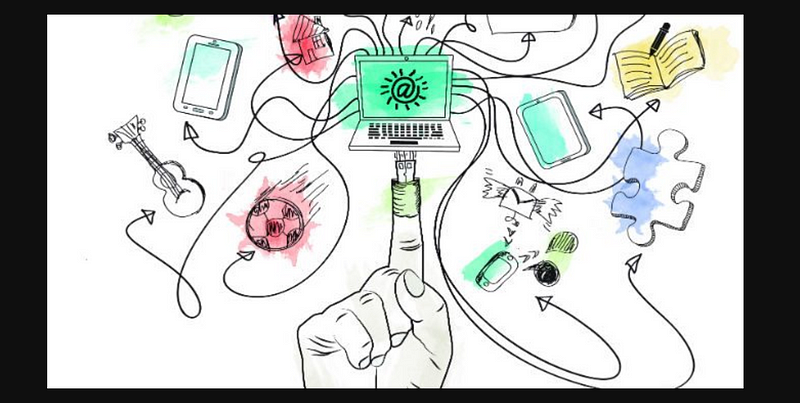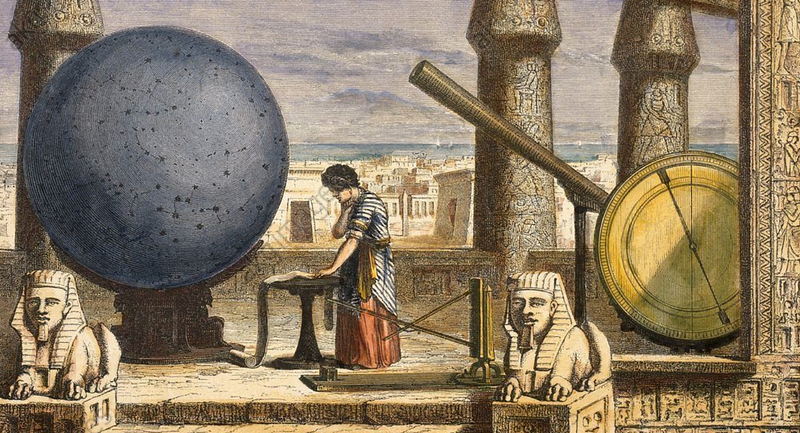Exploring the Relationship Between Technology and Society
Written on
Chapter 1: Understanding Technology's Role in Society
Examining the past can reshape our perceptions of the present. Historical perspectives allow us to rethink how we interpret contemporary issues, particularly concerning technology's impact on society.

Science, Technology, and Society
Consider the narrative presented in the film "In Time," featuring Justin Timberlake and Amanda Seyfried. In this story, individuals cease to age once they reach 25, as time is transformed into a form of currency.
The protagonist, portrayed by Timberlake, grapples with the reality of his dwindling time, prompting him to seek ways to prolong his existence. This narrative illustrates how our understanding of time has evolved from a natural measurement to a commodity that can be manipulated.
This transformation raises questions about the trajectory of society and the frameworks we employ to draw insights about our future. Various lenses, including historical, humanistic, social, and natural sciences, can be utilized to evaluate the interplay between technology and society. For this discussion, we will adopt a historical lens to scrutinize our perceptions and beliefs about the world.
Defining Technology's Impact on Society
Technology permeates every aspect of our lives—from the devices we use to the infrastructure we navigate. It shapes:
- Our understanding of the world (epistemology),
- The structure of our society,
- Our collective values.
The ramifications of technology extend to how we lead our daily lives, how we organize communities, and the moral frameworks we pursue.

Historical Perspectives on Time
When we analyze technology through a historical lens, we must consider the cultural and historical contexts that shape our understanding of human existence. Take, for instance, the concept of time.
Technological advancements have altered how we perceive and manage time, including:
- The methods we use to measure time,
- Our allocation of time,
- The structuring of our lives (day versus night).
By examining time through a historical perspective, we can discern how cultural practices have informed our daily routines.
Initially, time was categorized into days; the ancient Egyptians later subdivided it into hours, minutes, and seconds. Different civilizations have had varied interpretations of time, as seen with the Romans defining noon based on the sun's highest point, while the Egyptians considered midnight their noon.
This exploration of time reveals that our experience of it is not merely observational but also shaped by our interpretations and constructions of it.

For example, when starting a new job, the schedule might state a start time of 8 a.m. However, this is contextualized within the framework of "morning," which influences our daily routines. If the job required working from 8 p.m. to 4 a.m., it would necessitate a significant adjustment to the typical sleep schedule governed by daylight.
This indicates that our lives are not solely dictated by the hours but also by the societal constructs of "day" and "night."

Technological Advances in Timekeeping
Given the central role of time in our lives, examining its historical evolution reveals how technology has developed to measure and influence our understanding of time.
Ancient societies utilized water clocks and sundials to track time, while the concept of a mechanical clock originated with monks seeking to regiment their daily prayers. The first weight-driven clocks appeared in Europe during the Middle Ages, followed by the development of spring-driven clocks in the 15th century.
In contemporary society, we rely on digital devices like smartphones and computers to monitor time, showcasing how technological innovations have transformed our understanding of time management.

The Philosophy of Time and Change
Philosopher Heraclitus posited that time is cyclical and ever-changing. This notion resonates today as we witness rapid technological advancements, shifting from traditional timekeeping methods to precise measurements in milliseconds and femtoseconds.
The evolution of timekeeping technology signifies how societal needs dictate our methods of measurement. For instance, in the context of autonomous vehicles, how quickly should a car recognize a pedestrian? This raises critical questions about the implications of time measurement in technology.
Utilizing a historical lens to explore technology and society reveals profound insights about our evolution and the contemporary world. While other lenses—humanities, social sciences, and natural sciences—are also vital for understanding societal functions, focusing on one lens at a time enhances comprehension of these complex interactions.
The video titled "Rethinking History Education W/ Scott Powell & Heather Schwarz" provides a contemporary perspective on how historical context shapes our understanding of society and technology.
If you found this exploration enlightening, consider supporting my work and gaining access to an array of articles on Medium by subscribing for $5 a month or $50 annually. Thank you for your support!